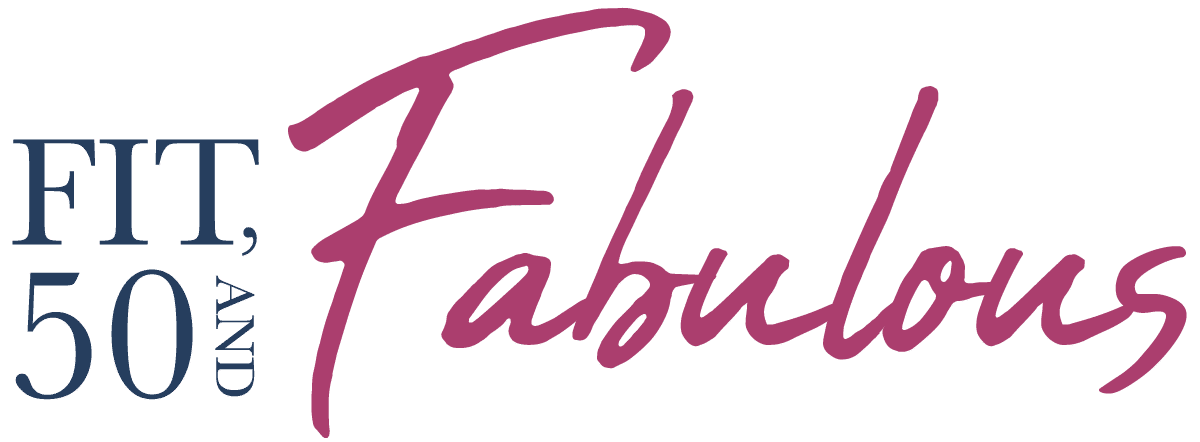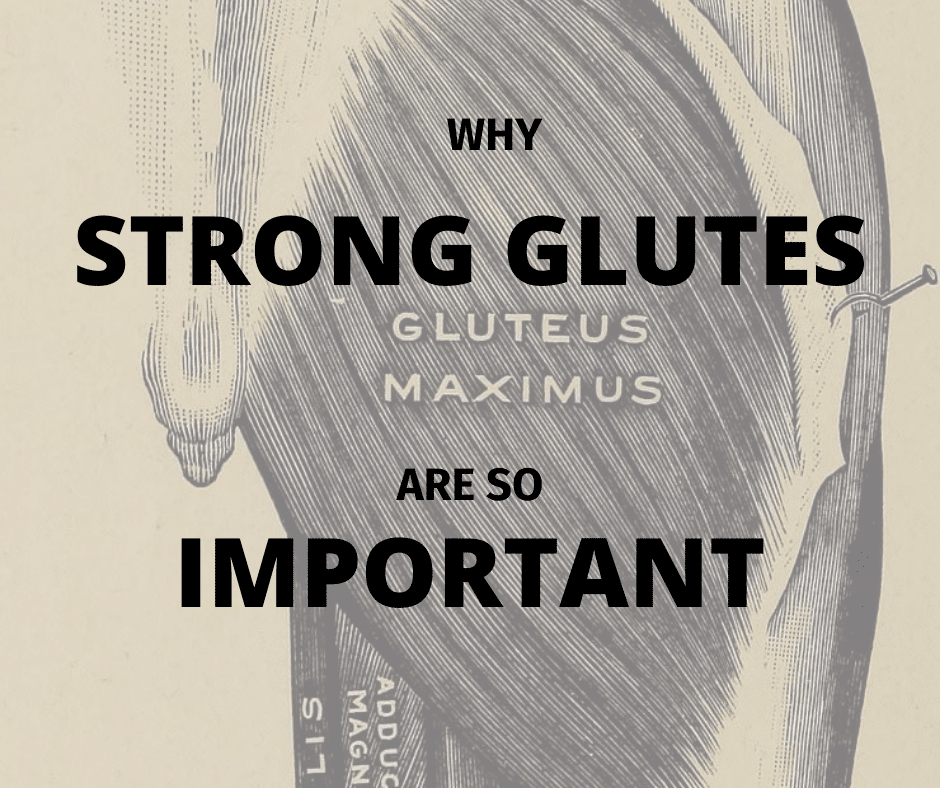We may call it our bottom, booty, or our backside. There are so many names to choose from. But regardless what we call it, our glutes have been the subject of admiration, conversation and song since the beginning of time. Sir Mix A Lot admitted in a song that practically became an anthem, ‘I like big butts and I don’t know why’. One thing he neglected to mention however, is why strong glutes are so important.
All kidding aside, you really need to know why your glutes are so important. Did you know that strong glutes can greatly improve your health and safety? Yes, they will also make your jeans look amazing. But today, I am going to give you some ‘bootylicious’ reasons why strong glutes are so important and simple ways to get them now.
What Are Glutes?
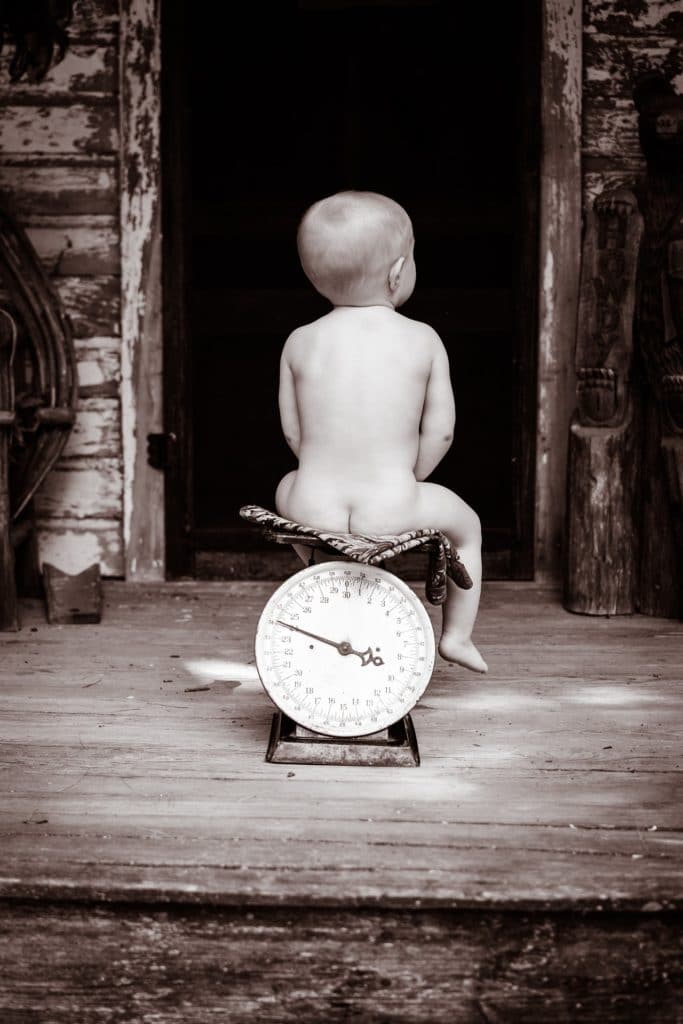
Your glutes are a group of three muscles that make up the buttocks. The actual anatomical terminology used by health professionals is gluteal muscles. Your gluteal muscles are one of the largest set of muscles that you have in your body.
Why Are Strong Glutes So Important?
Your glutes play a significant role in your body’s stabilization, pain, and overall mobility. They help support your body when you stand, sit, run and walk.
When your glutes aren’t strong, you place ‘…more loading force on your hamstrings, which can injure them or other muscles, joints, and ligaments that your hamstrings come in contact with like your calves and knees…’, says Dr. Jordan Metzi, M.D., exercise physician and author of The Exercise Cure.
Strong glutes improve your posture and balance as well as decrease back and knee pain. As you age, your risk of injury due loss of muscle-mass increases exponentially. Keeping your glute muscles strong helps minimize that risk and even improve your ‘athletic performance’. For all you yoga enthusiasts, strong glutes make your yoga practice more enjoyable.
Your glutes are involved in just about every activity you do. Strong glutes have a positive impact on each of these activities, resulting in a safer and more enjoyable quality of life.
What Are The Gluteal Muscles Called? What Do They Do?
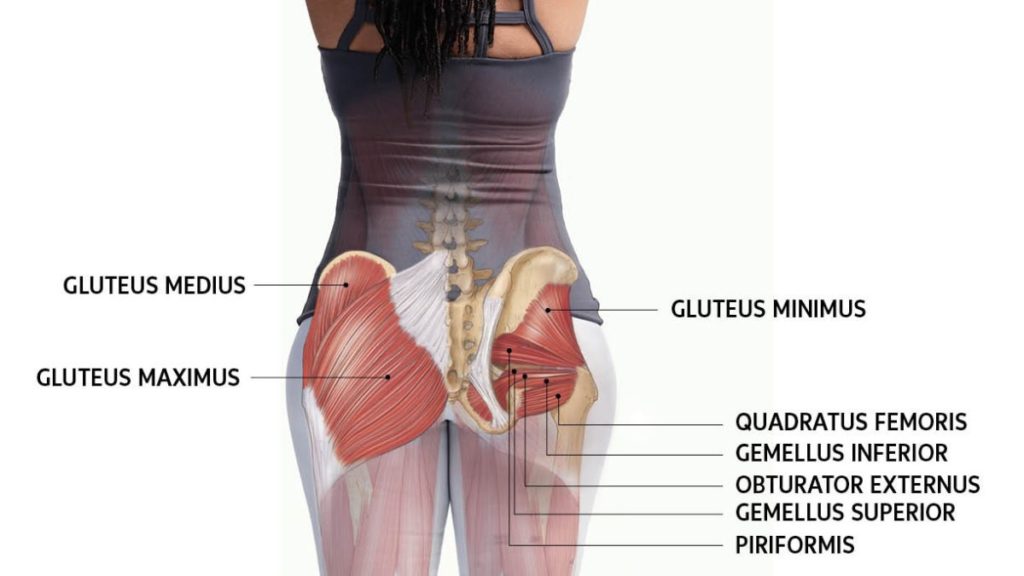
The largest gluteal muscle is called the gluteus maximus. It gives your bottom shape, but its main responsibility is to allow and control the movement of your hips and thighs. Think sitting, standing, climbing stairs and standing erect.
The gluteus medius helps to level your hips but it also plays a role in your balance and stability. For example, as we age our ability to balance can diminish and this increases our risk of falling. Walking, running and one-legged yoga poses use the gluteus medius muscle.
The gluteus minimus assists the gluteus medius in hip stabilization and gait. Gait refers to the style and pattern of your walk. Gait disorders can lead to increased risk of falling. While gait disorders can be caused by a variety of medical issues, gait disorders related to age increase by 10% between the ages of 60 – 69, and increase by more than 60% over the age of 80. If you use walking or running as a source of fitness, you may be interested in learning more about your gait.
Test Your Glutes
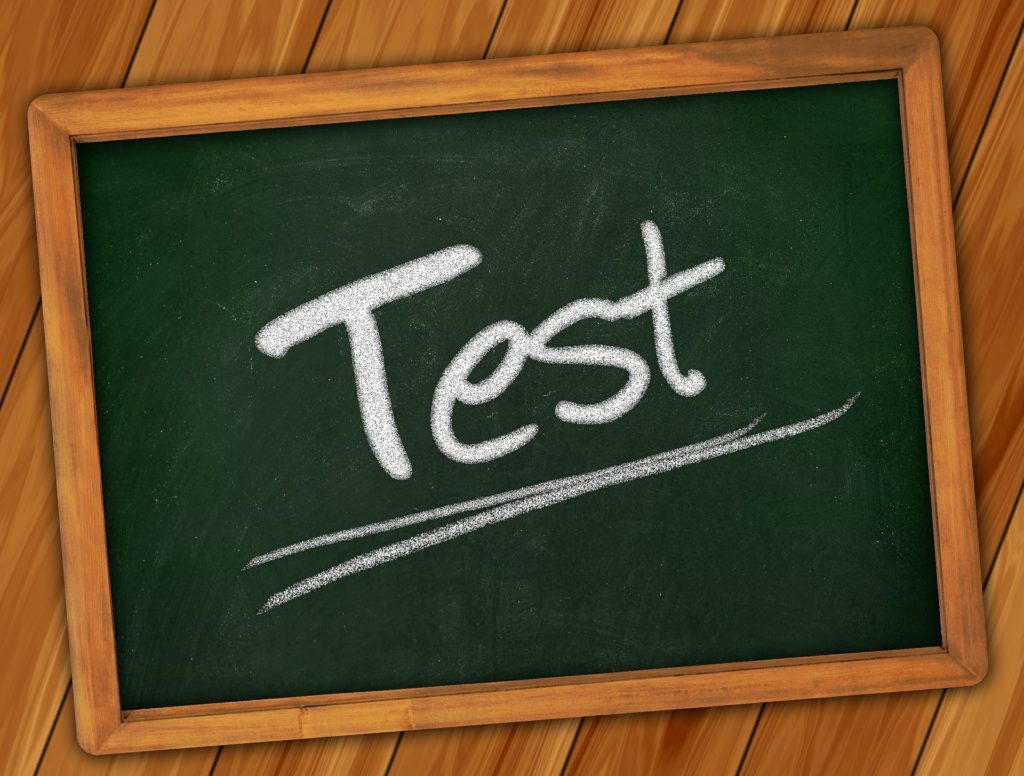
Have you noticed that you are making that ‘over 40’ grunt when you sit down or get up? Some people actually consider that sound to be a right- of- passage when you hit a certain age. Are you thinking of someone you know who makes this sound?
I would like you to try this simple test. The next time you stand up from the toilet, pay attention to where you place your hands. Do you put your hands on your thighs to help push you up from a seated position?
Did you answer ‘yes’ to either of these questions? If so, now you can start to see why strong glutes are so important.
Have Your Glutes Lost Their Memory?

If you spend several hours a day sitting without getting up to roam around, then you may have glute amnesia. The clinical name for it is gluteus medius tendinopathy, but is often referred to as glute amnesia or ‘dead butt syndrome’ (DBS).
These days many jobs involve sitting down for major portions of the day, then we go home and relax in front of the television. Our glutes just aren’t being used enough, so they get lazy and become dormant. Although there may be other causes of glute amnesia or DBS, our sedentary lifestyle plays a big part in it.
As you can imagine, something with a name like ‘dead butt syndrome’ can cause a number of issues. Getting up, walking and stretching can help do the trick if you tend to sit for long periods of time. Remember to schedule this preventive measure into your day.
Is There Such a Thing As Glute Overuse?
Too much or too little of anything is never good, right? Then it stands to reason that there is such a thing as glute overuse. Its clinical name is gluteus medius syndrome and more commonly known as ‘runners butt’.
A runner’s feet may touch the ground between 1000 and 2000 times per mile. Multiply that by the number of miles they are running. Add to that the fact that you land on each foot with your entire body weight.
Glute overuse can cause a variety of injuries. A sports medicine specialist may help with prevention, diagnosis and treatment. So, yes glute overuse is a real thing.
Two Simple and Effective Glute Exercises
You do not need a lot of time to wake up and strengthen your glutes. Remember, strong glutes play a major role in overall body strength and support. They are also involved in your body’s range of movement and balance.
Now that you have this knowledge what are you going to do with it? Commit to doing these two low-impact exercises and soon you will look and feel better. As a bonus, you will burn more calories! Remember your gluteal muscles are large so they burn through more calories.
Is finding enough time in a day a struggle for you? If you watch television 3 times a week then you have just found the time to strengthen your butt.
If you are challenged by lack of motivation or fatigue, I have chosen exercises that you can do while lying down. Please give them a try. Let me know which one you like the best!
As always, take a few minutes to warm up. Make sure your body is warm before you begin any exercise. When you have finished doing your exercises, make sure to do some gentle stretching.
- The Glute Bridge: Here is a short, clear and simple video that will have you doing a perfect glute bridge. Fifteen repetitions of this exercise is a good starting point.
- The Clam Shell: You can choose to do this or the glute bridge with or without a resistance band. Complete 10 repetitions on each side.
Conclusion
Our body may be a temple, but our glutes play a huge role in keeping our temple up and running smoothly.
Understanding why strong glutes are so important to your overall health and quality of life is key to taking steps to improving your health. The tips and exercises that you now have can set you on your way to having the strong glutes you want and need.
